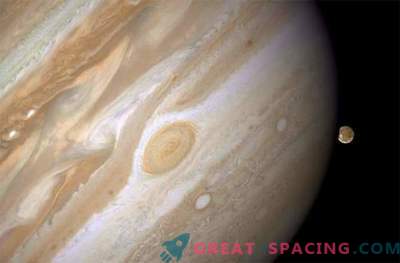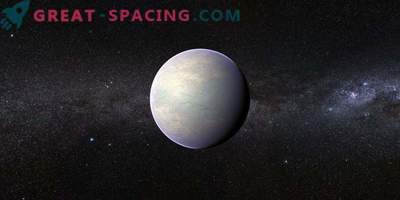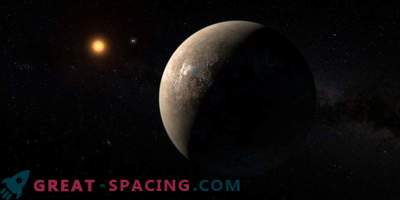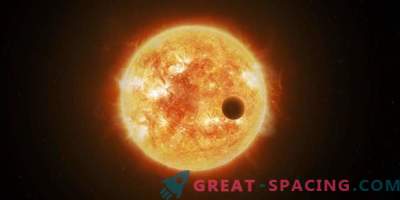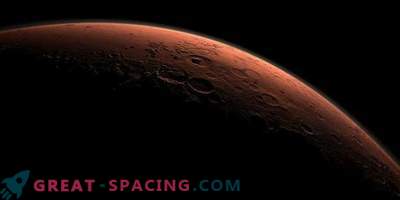
A photographer captured as a silhouette of a stone planet, designated HD219134b, passes in its orbit against the background of a giant planet. This is the closest of all the transit planets observed outside our solar system (21 light years from Earth), which crosses its own planetary system and gives scientists an excellent opportunity to study the atmosphere of other worlds.
On Thursday, according to astronomers, a planetary system was found with a bright dwarf star in the middle and three super-Earths in its orbit, one of which is a volcanic world of molten rock.
The journal Astronomy and Astrophysics published that the four-planetary system was hidden in the northern hemisphere in the M-shaped constellation Cassiopea just 21 light years from Earth.
This system rotates around the star HD219134 and includes four planets: one giant and three super-Earths.
The mass of the super-Earth is greater than the mass of our planet, but they are lighter than Neptune, Saturn and Jupiter. Presumably they consist of gas and / or rocks.
The planet with the shortest orbit, HD219134b, makes one revolution in 3 days and is now clearly visible from Earth against its own dwarf star.
Measurements from the Earth and the NASA Spitzer space telescope showed that the mass of this planet is 4, 5 times the mass of the Earth and it is 1, 6 times heavier.
“The average density of this planet is approximately equal to the density of the Earth, which may indicate a similar composition,” said the press service of the University of Geneva, whose astronomers took part in the study. Scientist Stephane Udry specified for France-Press Agency: “This planet is very close to the central star. Its temperature is about 700 degrees Kelvin (427 Celsius, 800 Faringate) ”.
“The surface probably represents melted lava ... this is a world of volcanoes ... not very good for life.”
The planet is outside the so-called “habitable zone” of the central star and there is no liquid water on it, which is so necessary for life. However, for researchers HD219134b is interesting for another reason, it is the nearest transit planet to Earth known to scientists, which represents a rare opportunity to study its composition and atmosphere.
Such transit systems are interesting in that they allow us to study the atmosphere of the planets through the study of light passing through the atmosphere, ”said Stefan Judrey.
In addition, this system is relatively close to the Earth, only 21 light years. For comparison, the planet nearest to the Sun is at a distance of 3 light years, and the next at a distance of 6 light years.
Among the planets next to HD219134b, the next planet weighs 2, 7 times more than Earth and goes in orbit in 6, 8 days, the third planet weighs 8, 7 times more than Earth and has a 47-day orbit.
According to the team of researchers, the giant planet passes in its orbit every 3 years.

